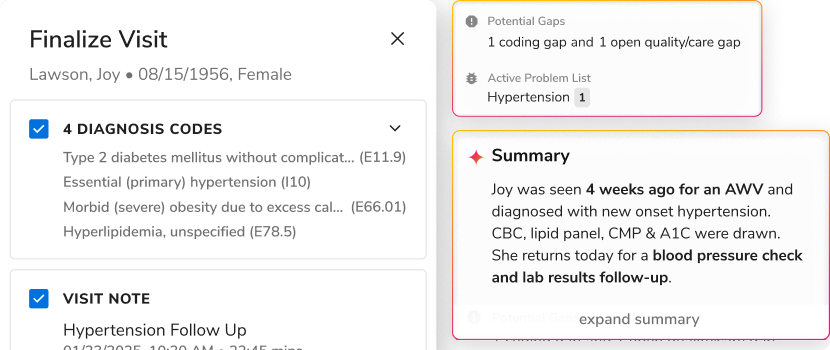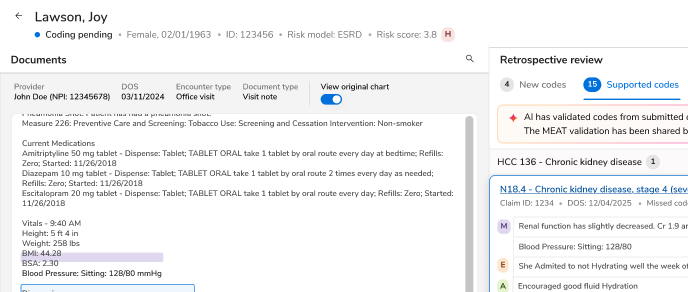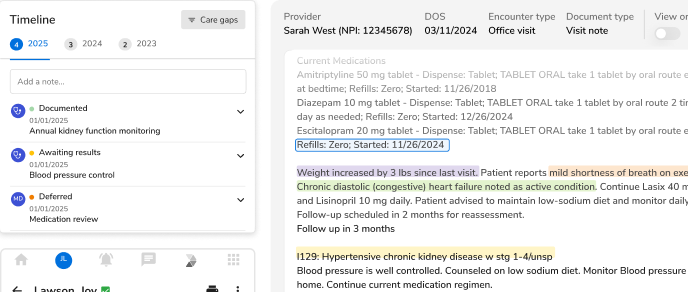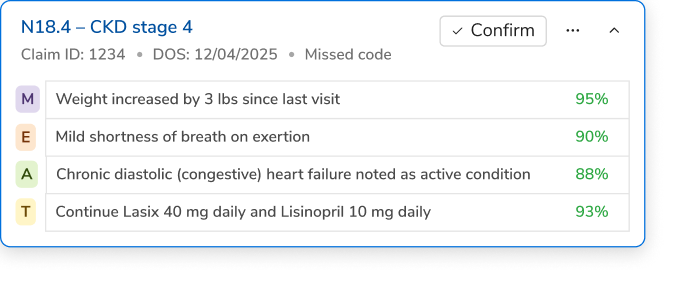PCMH Model of Care: The Cool Thing Healthcare Was Promised Long Ago

One of my old friends, albeit in good health, had a stressful job and odd working hours, which resulted in poor eating habits and work-life balance. His PCP suggested that he consult a psychologist and nutritionist, as well as also prescribed a thyroid stimulating hormone test to check his thyroid function. However, it took him almost three weeks to get an appointment with both of these specialists. After talking to my friend, these providers suggested some lifestyle changes and a couple of therapies. He again booked an appointment with his PCP with updates from both the psychologist and the nutritionist.
However, the treatment was delayed by at least a month.
What are the underlying patterns?
For every 100 physicians in the US, 32 are PCPs. However, for every 100 patients in the US, 52 patients visit a PCP each month. Add to that the lack of streamlined communication channels between primary care providers and specialists which often results in gaps in care.
According to an estimate, up to 27% of ED visits may be avoidable, a number that clearly depicts the lack of care coordination and inadequate access to care facilities at the right time.
Do they really have the time?
Do PCPs need to change their approach?
PCPs often wear multiple hats, a rare trait that most of them seem to enjoy. They like to talk to their patients like friends, advise them like mentors, and treat them with the greatest possible extent of professionalism. However, more often than not, they do not achieve the desired outcomes for completely no fault of their own. They do not have enough bandwidth to talk in a stretch with their patients; something which is equally important to consider. Ultimately, they end up merely treating the diseases rather than enabling a culture of wellness.
Patient-Centered Medical Homes, often abbreviated as PCMH, is a model that is seen as a solution. The PCMH model puts patients and PCPs at the forefront of care. Organizations under this model offer comprehensive, coordinated, and accountable care. However, is it really a win-win situation for both patients and providers?
How are Patient-Centered Medical Homes different?
PCMH facilities are focused on ensuring wellness rather than just treating diseases. Patients have a dedicated physician who looks after most of their care needs. They also have access to other services such as behavioral health within the facilities. The care staff is equipped with comprehensive information regarding patients’ health at all times that allows them to act in a prompt manner.
The PCMH model is essentially built on the following widely-accepted promises:
- Access to care
- Comprehensive care delivery
- High-quality coordinated care
- Cost-effective care
- Patient-centered care
Theoretically, PCMH models offer everything that our healthcare system has been trying to achieve for many years. However, the transition from traditional to PCMH model requires dynamic communication between providers, payers, and their patients. The very essence of having a team-based approach is something that should form the core of this model.
But are PCMHs worth the trouble?
What makes PCMH successful?
PCMH organizations also solve one of the most long-standing problems of patients by providing a personalized care experience. A patient can contact their physician for practically any health-related issue. Further, such facilities generally have in-house support of social workers, care coordinators, et al.
The recipe to success for a PCMH model is hidden in the fact that it takes care of every need of its two most important stakeholders: patients and providers. Coupled with relevant technology support in the moment of care, this approach allows providers to spend their time with patients and listen to them - something that they dearly love.
According to the Agency for Healthcare Research and Quality (AHRQ), PCMH models helporganizations in achieving the Quadruple Aim of Healthcare. Another survey published in the Annals of Family Medicine concluded that early trends in PCMH facilities show improved access to care and better chronic care management.
The road ahead
My dear colleague Paul Grundy MD, affectionately known as the ‘Godfather’ of the Patient-Centered Medical Home model, speaks highly of the future prospect of this model. One interesting point that he always makes is that organizations would need to value patient experience as much as care outcomes, especially when they are interrelated. I couldn’t agree more. The hype is real and organizations who start early stand a chance to win big. However, one must realize that the sooner we start, the better.
To know more about how you can leverage a data activation platform to create a culture of preventive care, get a demo.
For more updates, subscribe.
Join Glenn Steele Jr. MD, PhD, Vice Chair, Health Transformation Alliance, Former Geisinger Health System President and CEO, Paul Grundy MD, Chief Transformation Officer at Innovaccer, and David Nace MD, Chief Medical Officer at Innovaccer, for an interesting webinar on May 14 at 10 AM PT to learn how a collaboration between payers, providers, and employers can bring the next wave of value-based care. Register now!

.png)





.png)









.svg)
.svg)

.svg)

